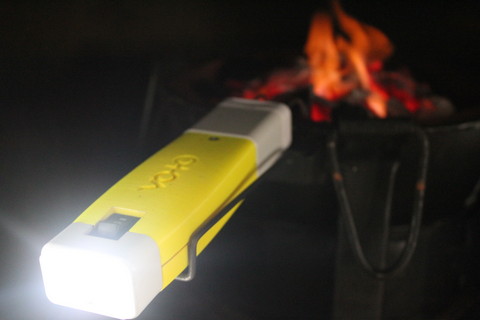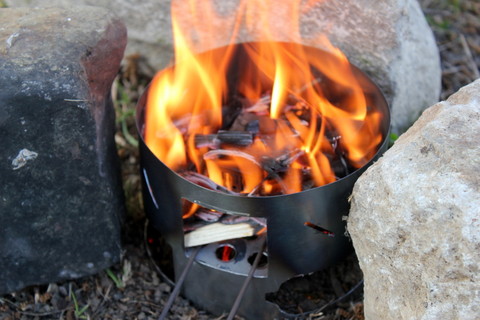Here’s an interesting fact. Greater than half of the population of this planet prepares meals each day using indoor open fires or cook stoves. There are enormous health implications for those families, and in particular infants, who breathe in the toxic smoke that includes carbon monoxide (CO) leading to lung disease and premature death. But despite this danger the lack of an energy infrastructure necessitates continued use.
So an inventive bunch has taken 10 years of research done by Berkeley National Laboratory in California and come up with an inexpensive technology to exploit the energy and output of open fires and cook stoves. Their invention, the Voto, a metal-supported solid oxide fuel cell uses biomass as fuel to generate electricity. They call the process of conversion of biomass to energy, Votosynthesis. That’s because the device does the reverse of photosynthesis converting carbon compounds in biomass, combined with oxygen, into electricity, heat, water and CO2.
The 5-watt Voto can run on any biomass but works best with charcoal, a common fuel used in cook stoves throughout the Developing World. Voto can be used as a home charger for mobile devices or as an energy source for indoor lighting replacing kerosene lanterns.
How does it work? Voto uses a thin layer of ceramic placed on stainless steel cards combined with a low-cost catalyst to create a thermal shock tolerant technology that is inexpensive to manufacture. It works optimally when heated to 700-800 Celsius (1,292 – 1,472 Fahrenheit) degrees. Two cooking sessions fully charges each unit. Because fuel sources vary the cards degrade on average in 3 to 4 months. But the cost savings from using less kerosene more than offsets replacing the cards.
Voto is being marketed by Point Source Power which has plans to distribute its product in Kenya later this year.










